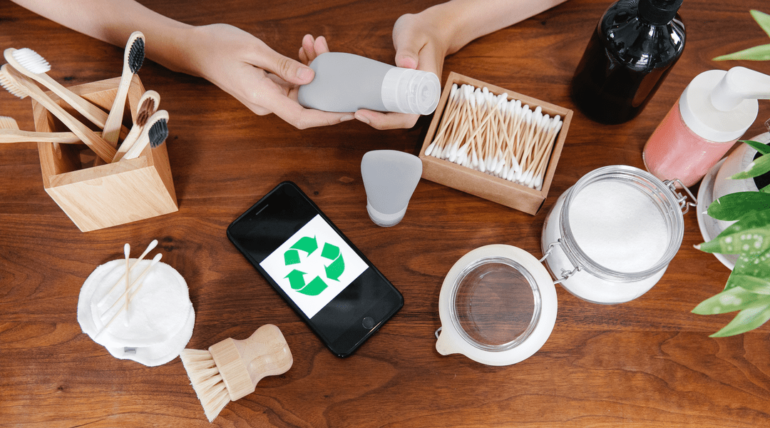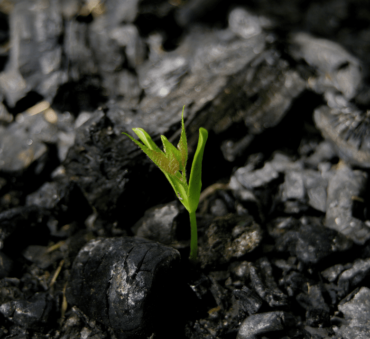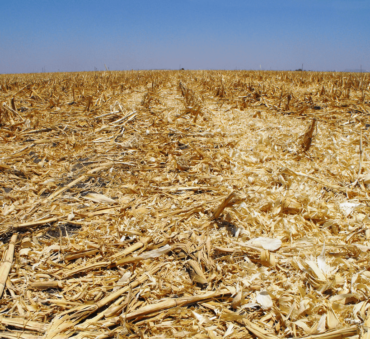The cosmetics industry plays a significant role in our lives and provides us with products created to enhance them. However, while we might enjoy the boosted beauty and self-confidence, the cosmetics sector generates a significant amount of waste that can be harmful to the environment. For instance, cosmetic product consumption results in a substantial amount of plastic packaging waste, with over 120 billion plastic packaging units ending up in landfills in a year. Additionally, the hazardous waste and chemicals created during the production of beauty products threatens forests, water sources, marine life, habitats, and more. These issues demonstrate the need for more sustainable practices and proper cosmetics disposal activities by consumers, manufacturers, retailers, biotechnology specialists, chemical waste management entities, and others involved in the industry.
In this article, we will explore the importance of proper cosmetics disposal and provide you with practical steps on how you can make a difference.
Key Takeaways
- Cosmetics disposal is the process of safely discarding cosmetic products that are no longer usable or are expired.
- Cosmetic products and their packaging can be harmful to the environment and human health if not disposed of properly.
- Old, expired, mislabeled, recalled, and counterfeit cosmetic products should be dealt with appropriately.
- By adhering to laws and regulations regarding cosmetics disposal, you can help create a cleaner and safer world.
What is Cosmetics Disposal and why is it Important?
According to the Environmental Protection Agency (EPA), cosmetics disposal is the process of safely discarding cosmetic products that are no longer usable or are expired. Regulations surrounding the proper disposal of cosmetics have been outlined by the EPA and other governmental regulatory bodies. Examples of products that require proper disposal include expired products, damaged items, mislabeled or recalled items, and counterfeit or substandard cosmetics.
Here are just a few examples of health and beauty products that can contain hazardous waste:
- Aftershave
- Hairspray
- Suntan lotion
- Soaps
- Shampoos
The importance of proper cosmetics disposal can’t be overstated because, if handled incorrectly, it can lead to severe consequences for the environment and human health. When not managed properly, items can end up in landfills, wastewater treatment plants, or even be illegally dumped, leading to the pollution of air, water, and soil.
If your company is directly involved in the industry, you should do your part to ensure correct disposal of cosmetic products. Here are some tips to consider:
- Be fully aware of which hazardous waste your company produces.
- Train and educate your staff on the importance of appropriate cosmetic waste disposal.
- Produce or sell more sustainable products.
- Participate in recycling programs.
- Consult with waste management experts.
When to Dispose of Cosmetics?
Another way that you can do your part to prevent environmental harm is to know when to dispose of cosmetics. But, before we go through the reasons of when cosmetics should be thrown out, let’s take a closer look at the characteristics, cases, and types of disposable cosmetics and the major characteristics of hazardous waste as defined by the EPA.
Disposable cosmetics are usually only used one time, or for a short period. This means they are produced for quick disposal and are typically made from paper, plastic, or other non-recyclable materials. Because of their nature, disposal cosmetics are characterized as being hygienic, convenient, and diverse.
To assess the potential environmental risks, it’s important for you to analyze the key attributes of hazardous wastes of disposable cosmetics as defined by the EPA:
- Ignitability
- Corrosivity
- Reactivity
- Toxicity
Common types of disposable cosmetic products include:
- Facial wipes
- Sheet masks
- Sample-size products
- Single-use applicators
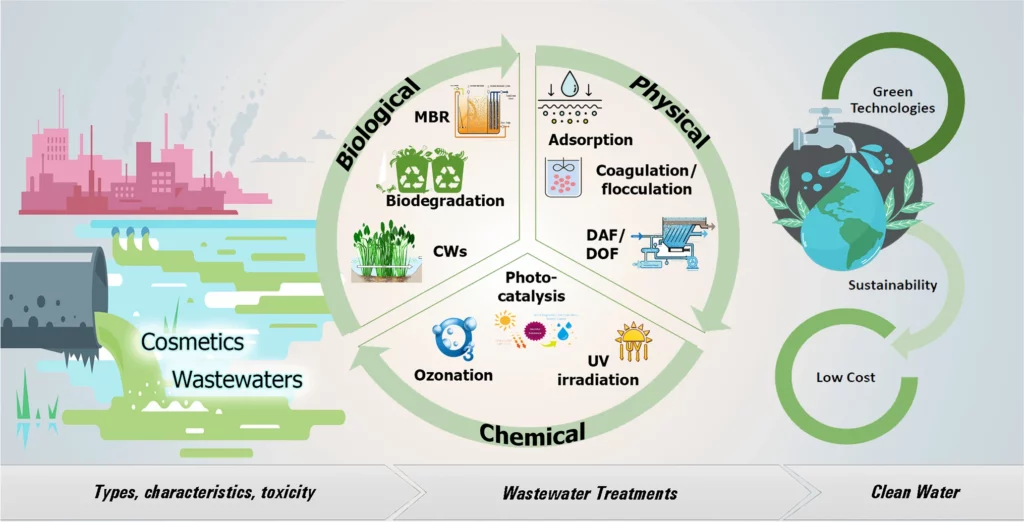
Now that we’ve gone over examples of the types of disposable cosmetics and their key attributes, here are some instances of when you should dispose them:
1. Old or Expired
Like other products, cosmetics have an expiry date because they eventually lose their effectiveness and can contain harmful bacteria. If used, expired products can cause infection, skin irritation, or other symptoms. That’s why it’s crucial that consumers and producers are aware of expirations dates and the best old or expired cosmetics disposal practices.
2. Damaged
Containers can break and products, especially liquid, can leak. If this happens, the goods should be disposed of correctly because they can be contaminated and potentially expose consumers to harmful substances. As a rule of thumb, if the item’s been compromised, it should be thrown out.
3. Mislabeled or Recalled
A mislabeled product can be a risk because ingredients might not be properly labelled, which can be a risk to consumers and could result in an allergic reaction or other health scares. Additionally, recalls may happen if there are safety concerns, so it’s important to take note of any and take care of any products affected.
4. Counterfeit or Substandard
Cosmetics that are produced illegally or substandard are a major concern because they can be made with harmful ingredients and without the compliance of regulations or safety standards. For these reasons, it is important for consumers to avoid purchasing counterfeit products.
How to Dispose of old Cosmetics and Lotions?
To help you understand how to dispose of old cosmetics and lotions, here are some steps we suggest you take:
Step #1: Separate and Categorize
To help you identify which products might need to be specially discarded, start by separating everything into categories based on their type. For example, makeup should be separated from skincare, healthcare, or nail products, and so on.
Step #2: Empty and Clean
Before throwing out any cosmetics containers, make sure they are emptied and cleaned out first to remove any residual product.
Step #3: Find a Disposal Center
For peace of mind, and to ensure proper disposal, the best option is to locate a designated center or drop-off location. You can also contact local waste management companies directly, check their website, or team up with waste disposal specialists for more information.
Proper Disposal of Cosmetics
Different types of cosmetics require distinct disposal approaches. Here are some of the common methods used to ensure the proper disposal of cosmetics:
1. Landfilling
Landfilling is a very common method of disposal for non-hazardous cosmetics, but there are a few elements that you need to be aware of:
- Landfilling provides a controlled environment where these products can be safely contained and monitored. It helps to prevent the release of harmful chemicals into the environment, reducing the potential for pollution and damage to ecosystems.
- In order to ensure that cosmetics are disposed of properly through landfilling, it is important to check with local disposal centers. Many of these centers accept cosmetics as household hazardous waste and provide specific drop-off times.
- it is important to note that landfilling should not be the only method of disposal for cosmetics and chemical waste. Recycling and other sustainable practices should be prioritized whenever possible.
2. Incineration
Incineration is a method of waste disposal that involves burning waste materials at high temperatures. It is considered to be a good way to dispose of cosmetics due to its ability to effectively destroy harmful chemicals and pathogens present in these products.
To properly dispose of cosmetics through incineration, it is important to follow certain guidelines:
- it is essential to separate cosmetics from other types of waste to ensure proper handling and disposal
- It is important to check local regulations and guidelines regarding the disposal of cosmetics, as there may be specific instructions or restrictions in place.
- When it comes to actually incinerating cosmetics, it is crucial to choose a reputable and licensed incineration facility. These facilities are equipped with the necessary equipment and systems to safely handle and burn waste materials, including cosmetics.
3. Sewer
Some liquid cosmetics can be safely disposed of down the drain. However, it is important to check with your local wastewater treatment plant (POTW) to ensure that what you plan to dispose of can be safely handled by the sewer system. Never dispose of cosmetics down the drain without checking their compatibility as some liquid can be hazardous.
For more information, check out our in-depth liquid waste management guide and proper liquid waste solutions.
4. Recycling
Recycling is an environmentally friendly option for certain cosmetic containers because glass, plastic, and metal can often be recycled. Of course, contacting nearby recycling facilities first is the best way to find out which items they accept. This is because the recycling process can be very confusing, especially when it comes to differentiating between recyclable and non-recyclable items. Before recycling though, remember to always rinse and clean out the containers first.
Here are some examples of items that can be recycled:
- Plastic Bottles: Shampoo, conditioner, and body wash bottles.
- Glass Jars: Glass containers, like the ones commonly used for creams and serums.
- Boxes: Cosmetic product boxes made of paper or cardboard are typically recyclable.
Curious about how to dispose of other household hazardous wastes? Find out more here.
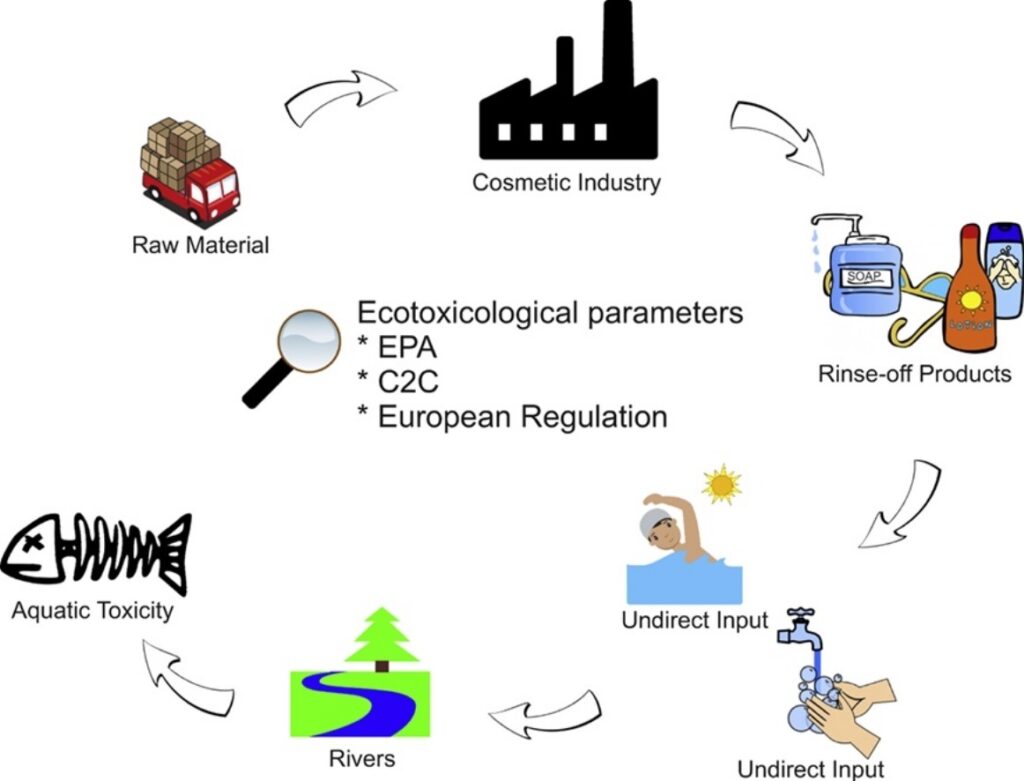
The Impact of Improper Cosmetics Disposal
When not handled correctly, cosmetics can have significant negative impacts on the environment and the economy. Here are some of the consequences:
On the Environment
Improper disposal of cosmetics can have a significant impact on the environment. They can end up in landfills and pollute the groundwater and soil. This has negative effects on nearby ecosystems and wildlife, which disrupts the balance of nature. On top of that, cosmetics can contribute to air pollution if they are illegally burned or incinerated when they shouldn’t be.
On Businesses and the Economy
Improper cosmetics disposal can also have economic consequences. The cost of cleaning up contaminated sites and treating polluted water can be significant, placing a burden on local governments and businesses. If you’re a cosmetic company, your name and reputation can be tainted if your products are linked to inappropriate disposal practices. This can be bad for your company and can lead to a loss of sales, not to mention trust and loyalty.
Conclusion
Proper cosmetics disposal is essential for protecting the environment and ensuring a sustainable future. By understanding its importance and following the right steps, we can all make a difference. It is our responsibility as consumers, manufacturers, and retailers to be mindful of the impact that cosmetics have on the environment and the economy. By working together to promote responsible disposal we can create a cleaner, healthier world.
To learn more about proper hazardous waste management, how you can contribute, and solutions, contact us today.
Baily Ramsey, an accomplished marketing specialist, brings a unique blend of anthropological insight and marketing finesse to the digital landscape. Specializing in educational content creation, she creates content for various industries, with a particular interest in environmental initiatives.
